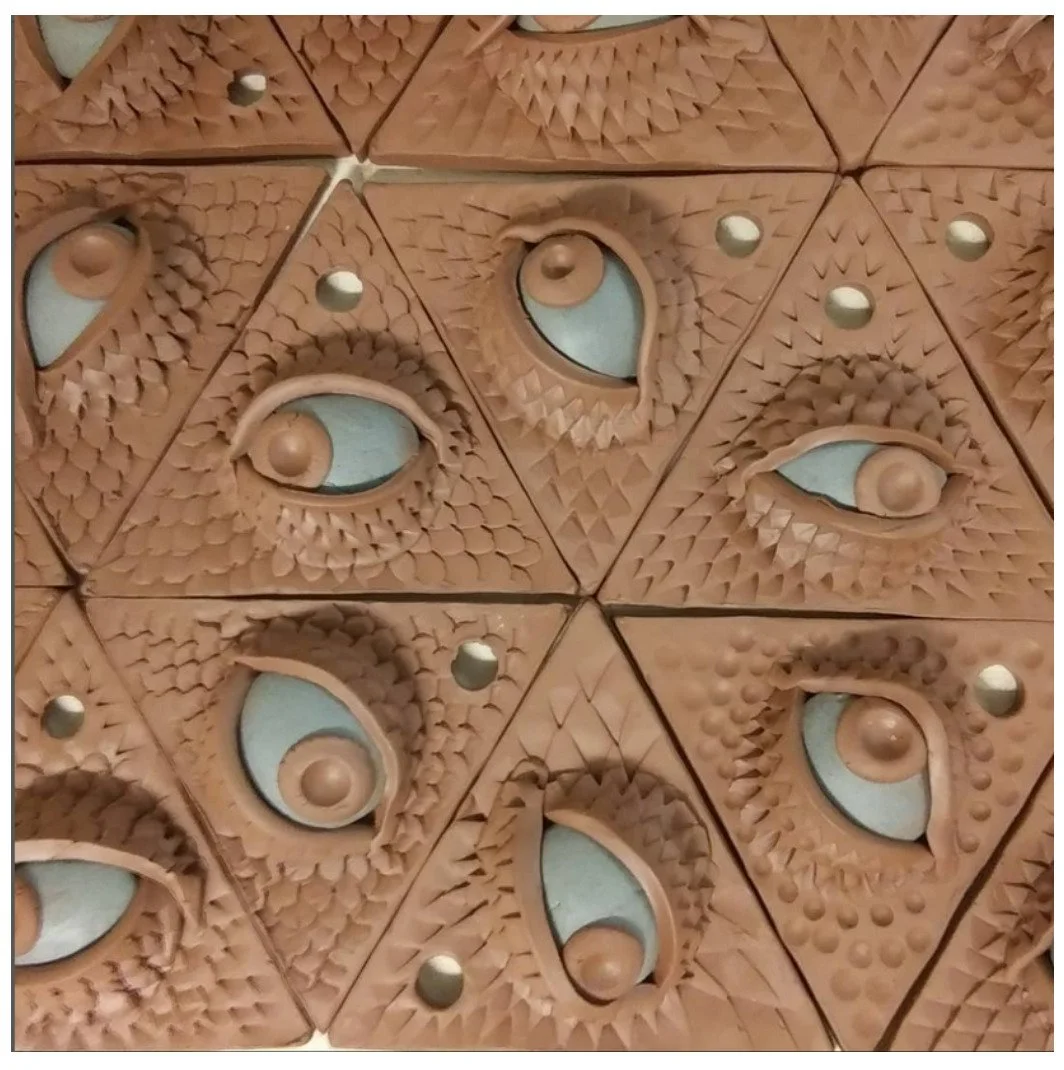Have you ever fallen into a funk, thinking you've run out of ideas?
If you look at language, you’d find repetitive phrases that people constantly use when speaking or writing. And certain phrases may be favored by particular groups of people. For example, those who like phrases that deal with sports like to say that “things are in play” or “to touch base”. Others have fallen into use of ubiquitous corporate-speak— “circling back” , “synergy” and “tabling”— but to others, those phrases can be as unappetizing as spinach left to moulder in the back of the fridge. Politicians and pundits like their jargon too. Annoying as these overused language motifs seem, I can’t help but think that they’re just a function of the brain’s need for efficiency. Communication shortcuts, is all.
We use language motifs (and clever memes) because repetition is the best way to cement an idea in someone else’s brain. Marketers know repetition is effective. Coaches use repetition as a means to train athletes for muscle-memory, and to whip professionals into shape for optimal performance.
Have you thought about the way we artists use repetition? Sometime consider a body of work (yours or anyone’s) and find the “motifs” in it. These are repeating elements in your art that may be seen in particular marks (facture) or specific visual passages that are on replay. Perhaps it’s a certain shape that keeps coming up or a certain color. Illustrator Maxfield Parrish used a beautiful teal blue for his skies so often that it’s been dubbed “Parrish Blue.” Van Gogh had a certain way he laid down chunks of paint that he didn’t really stray far from doing his whole life. You’ll find that repeated motifs and elements of your work unify your message, produce visual cohesion, winding inevitable threads through your work to bind it. You can’t help but to use the same thing again in varying ways because you really, really just like seeing it.
I’m thinking that the key to discovering the “why” behind a motif which keeps getting repeated is the key to creating a sustainable practice that will last a lifetime. One could reasonably argue that experimentation is the most important action an artist can take to make one’s career durable— and I would agree that it’s a critically important aspect of it. After all, it’s through experimentation that an artist is encouraged to grow their practice. Experimentation puts more tools in the toolbox, adds media for the experience of physical material, and creates more muscle memory. But when an artist keeps returning to familiar ground, it’s information about one’s lived experience that shouldn’t be ignored.
My own fascination with the world was and remains rooted in the natural sciences; I always used drawing to process this information. I could literally see on paper what I understood about it. Now in my 5th decade as an artist, I’m seeing why I always chose certain living things to draw. Those tiny leathery and locking shapes, the goobly protuberances, seemingly random spikynesses. Pocked metallic surfaces. Those transparent and diaphanous qualities of structure. Can you tell I’m talking about Phylum Arthropoda? Of course I truly love all that dwell in the Kindom of Plants too. Plants that share those specific characteristics with arthropods will always be more interesting to me.
Look for the repetitions. Identify the motifs and you will have acquired more keys to unlock the “why” of the work you do.
